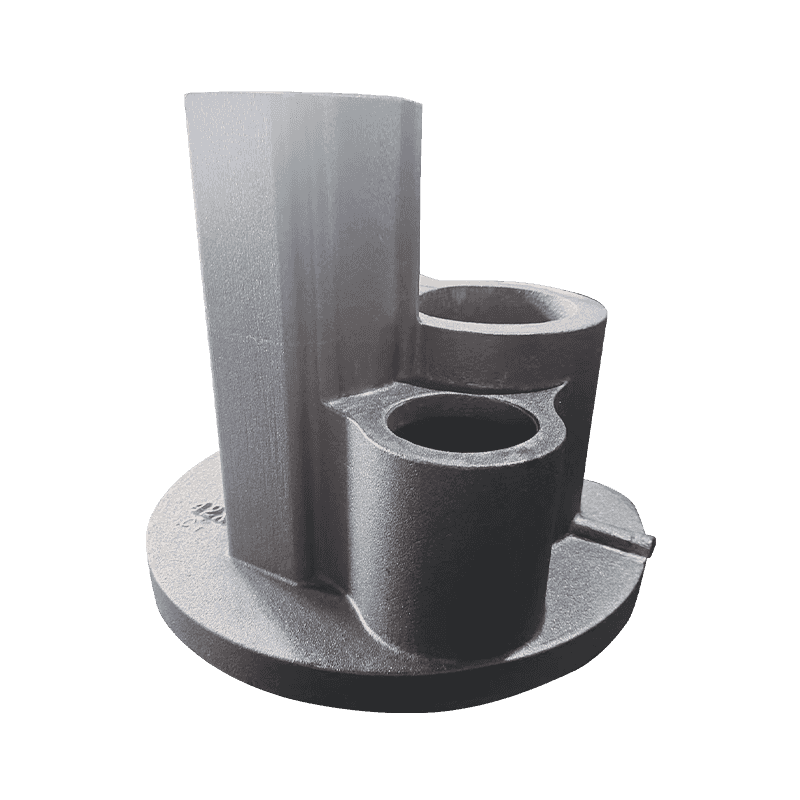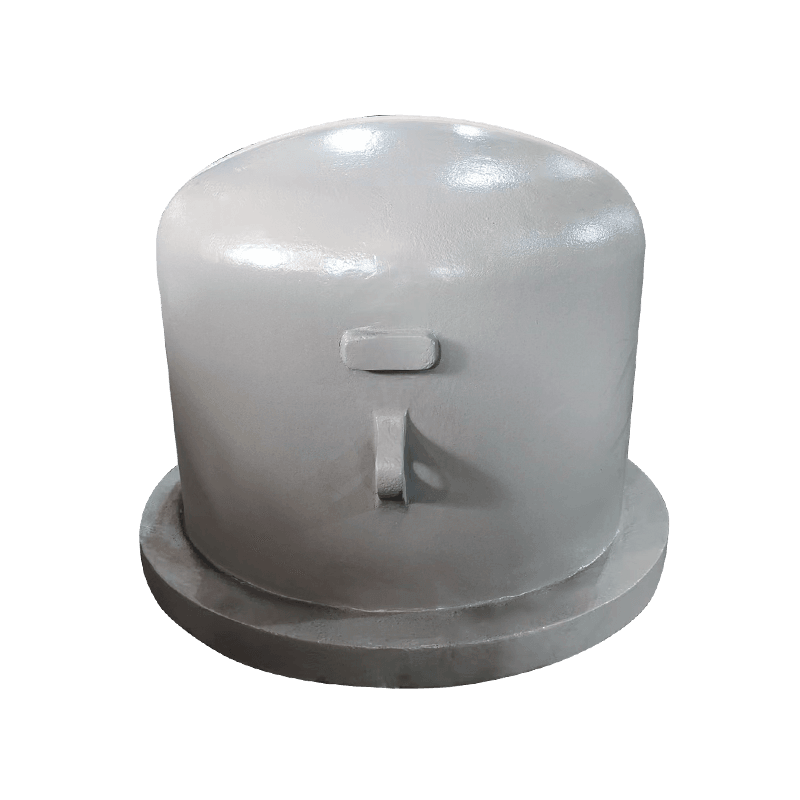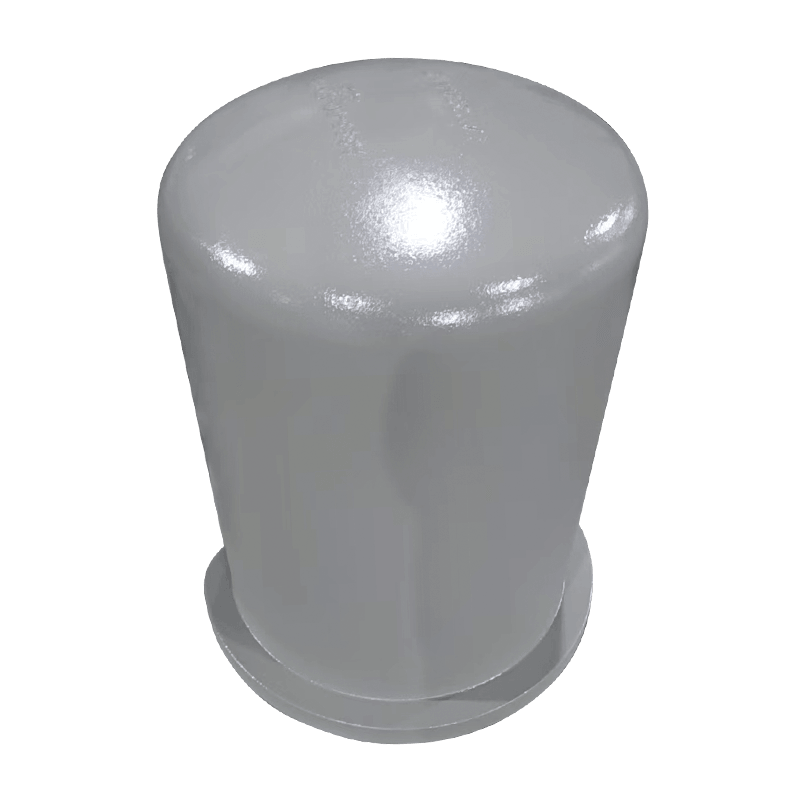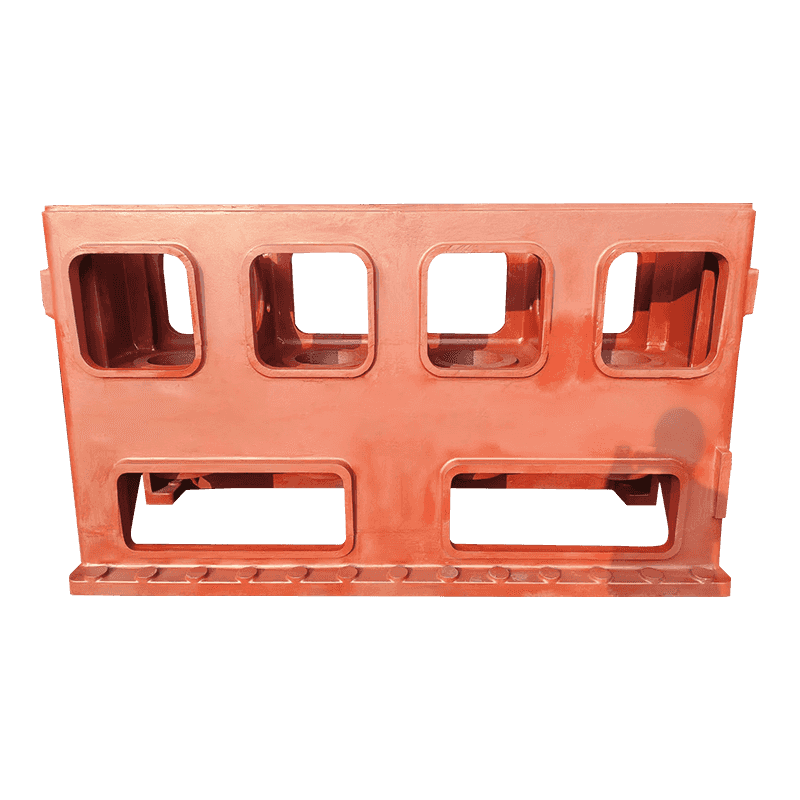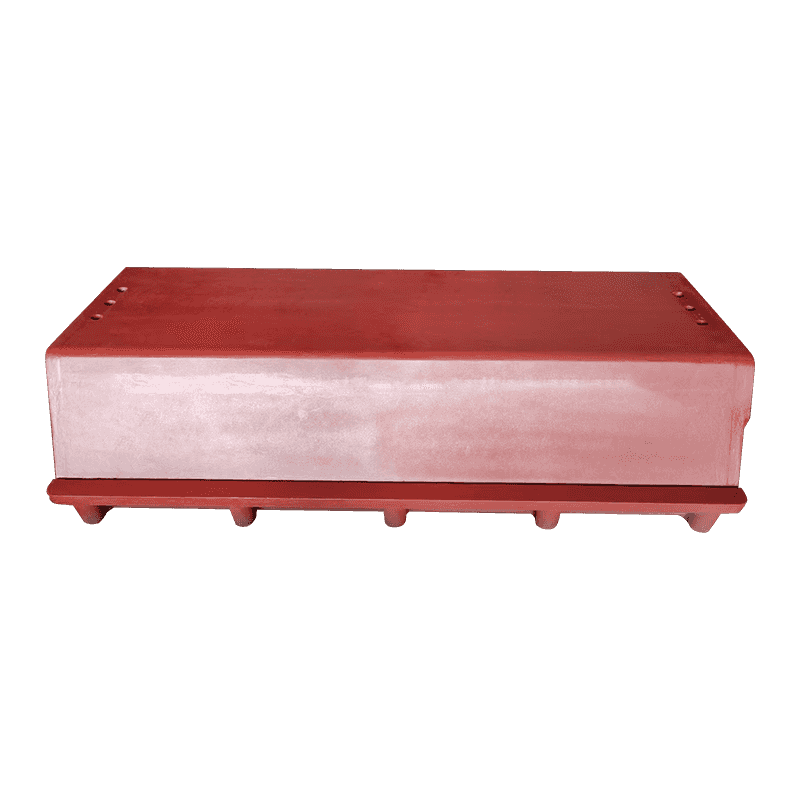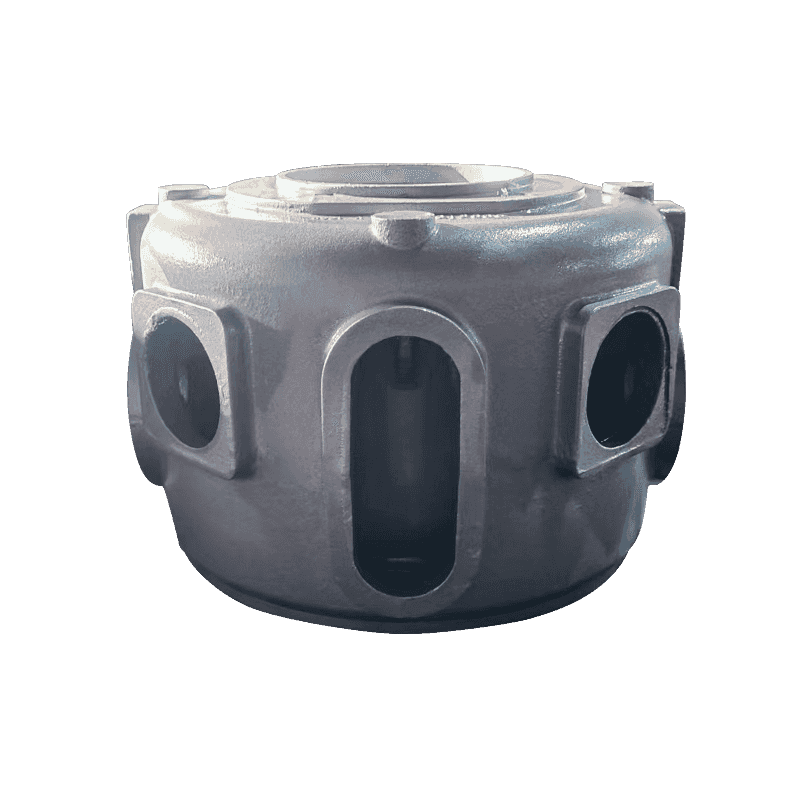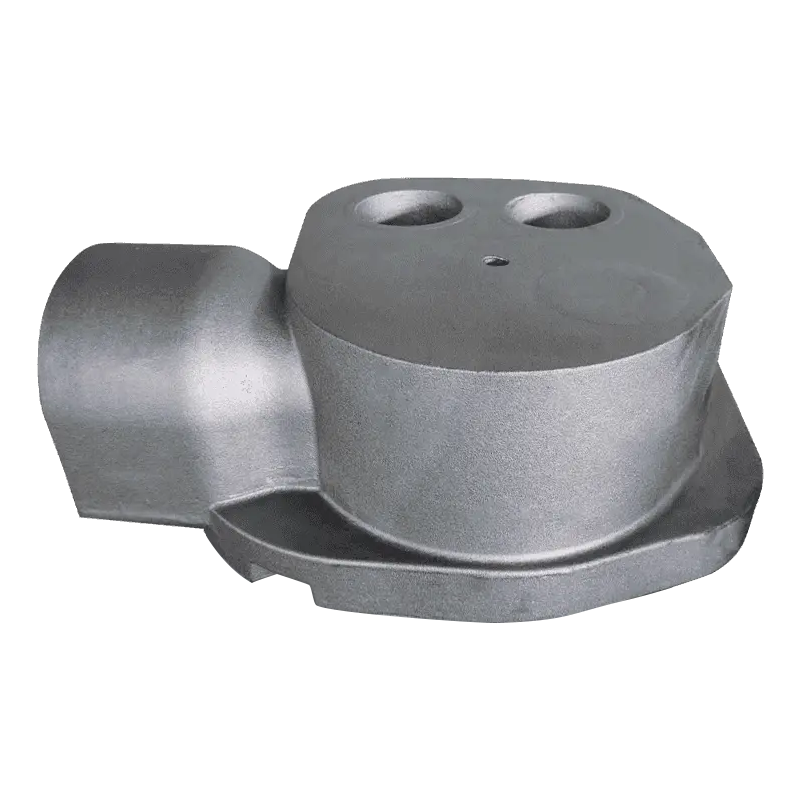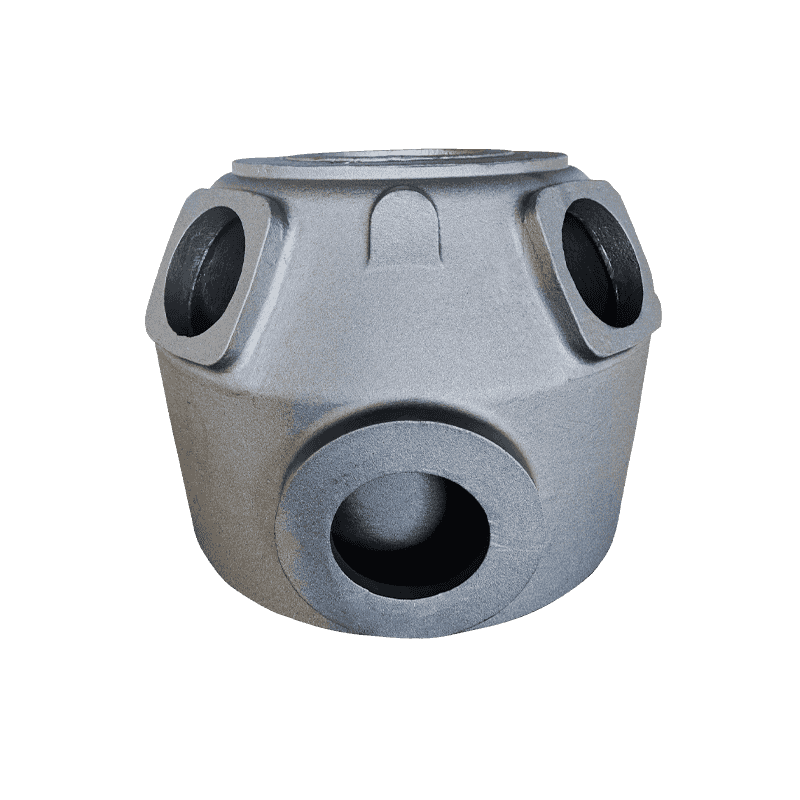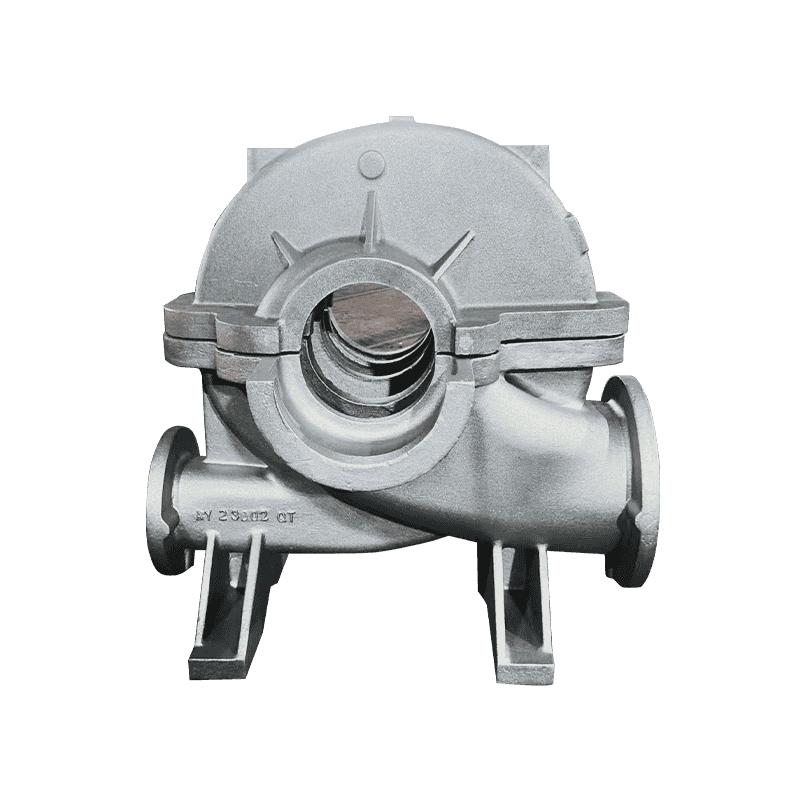Heat treatment is an important means to improve the performance of machine tool castings, especially in improving wear resistance, which has a significant effect. Wear resistance is the ability of machine tool castings to maintain good performance under high friction and wear conditions, and is crucial to the service life and stability of machine tools.
Quenching
The hardness of the quenched casting is significantly increased, which increases the surface hardness and thus improves the wear resistance. The high hardness of the casting reduces material wear during friction. Quenching is the most direct way to improve wear resistance, but it may lead to increased brittleness of the casting, so it usually needs to be used in conjunction with the tempering process.
Tempering
The tempering process can adjust the hardness of the quenched casting to give it better overall performance. Although tempering will reduce the hardness of the casting, the best balance of wear resistance and toughness can be achieved through reasonable tempering temperature and time. This balance helps castings withstand higher wear loads in practical applications while reducing the risk of embrittlement.
Normalizing
Normalizing can improve the mechanical properties of the casting, allowing it to form a uniform pearlite structure during the cooling process, which can improve the hardness and wear resistance of the casting. Although normalizing does not increase hardness as significantly as quenching does, it has a positive impact on the overall properties of the casting, especially in terms of increasing strength and toughness.
annealing
Although annealing is mainly used to improve the plasticity and toughness of castings, it can also improve wear resistance to a certain extent. By removing internal stresses, annealing reduces the brittleness of the material and avoids the risk of cracks or fractures during wear. However, annealing usually does not significantly increase the hardness of the casting and therefore needs to be used in conjunction with other heat treatment processes to achieve optimal wear resistance.

